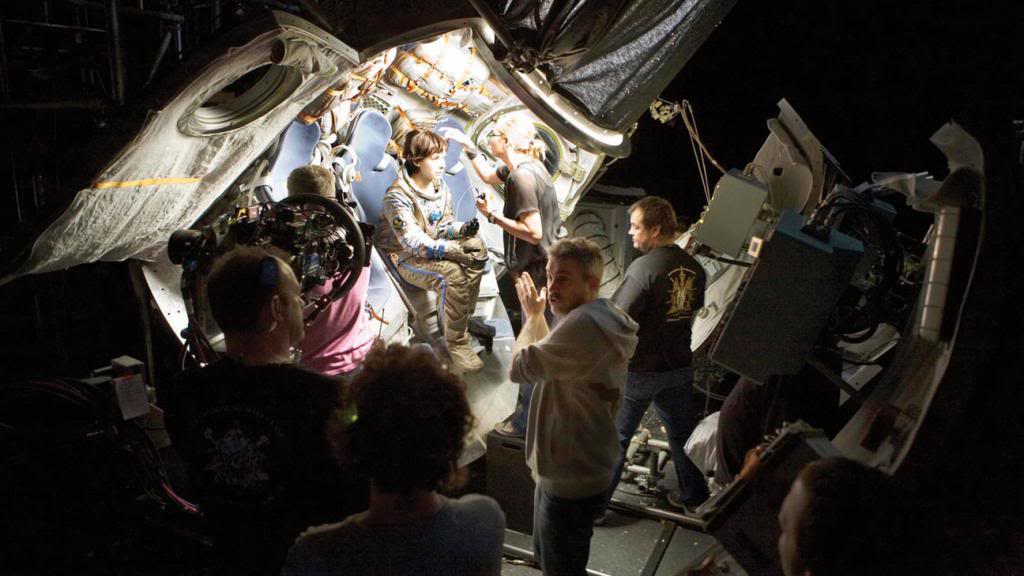
Social learning theory: Meaning and motivation
CLT is great but has a big hole with regards to motivation.
CLT-informed instruction helps students develop fluency, and fluency can be self-reinforcing (because it's pleasurable to do something you're good at), but beyond that CLT has almost nothing to say about why we teach or why students should want to learn.
Social learning theory goes some way towards filling this gap.
We are social animals. We derive motivation and meaning from our relationships with other people, and we tend to want to learn skills that have social value.
That said, relative to CLT, social learning theory is a messy area and it doesn't produce the same kind of consistent and predictive recommendations. The branch of social learning we find most helpful is the apprenticeship and community of practice model from Jean Lave and Etienne Wenger.
You'll see elements of community of practice type approaches in:
- Authentic text, written for a legitimate social purpose
- Pseudo apprenticeship—modelling expert performance, with coaching from tool and teacher
- Community of practice—peer writing and feedback, with scaffolding to improve quality of feedback
- Social performance—tools like Wrotevote give students structured opportunities to "perform" for others
If you are interested in this line of thought, check out these extracts from Etienne Wenger’s 1998 book on Communities of Practice.
If you want to go further, Learning in Landscapes of Practice is one of the most current texts, although as with most CoP writing it is skewed towards workplace contexts.

